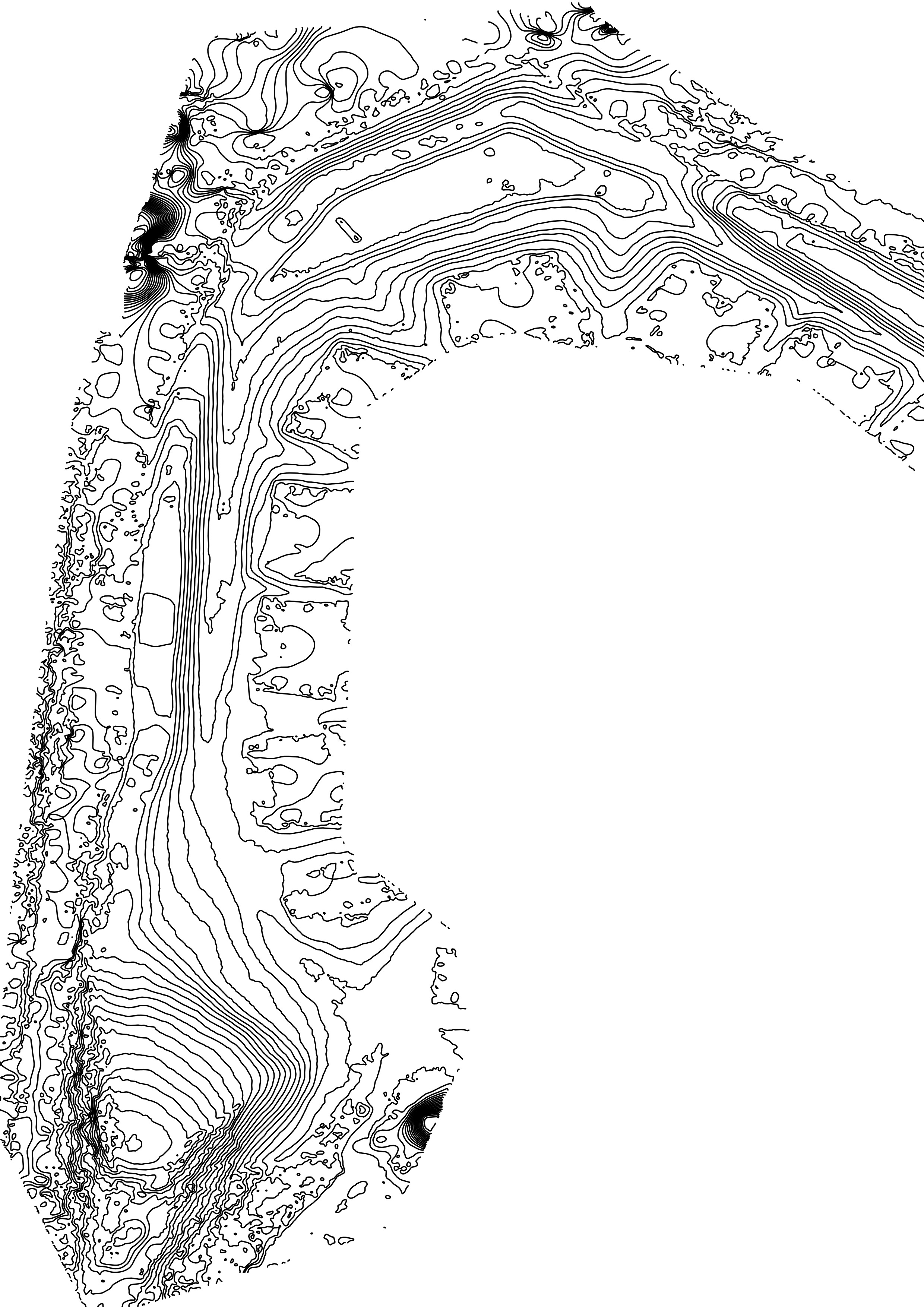Understanding FAA Regulations for Drone Pilots in Pennsylvania


Understanding FAA Regulations for Drone Pilots in Pennsylvania
So you've got your drone, maybe even your Part 107 license, and you're eager to capture some stunning aerial views of Pennsylvania – from the rolling hills of Lehigh Valley to the historic streets of Philadelphia. That's fantastic! But before you launch, it's crucial to understand the rules of the sky. I'm Josh Kolonia of Cosmik Drones, and I regularly navigate these regulations to bring clients amazing footage, legally and safely.
While the Federal Aviation Administration (FAA) sets the primary rules for drone operations nationwide, it's also good to be aware of any local nuances. Let's break down what you need to know.
The Foundation: FAA's Part 107 Rules
If you're flying for any non-recreational purpose (commercial, for your business, etc.), you're operating under Part 107. Even if you're flying recreationally, many of these rules are best practices for safety. Here are some core Part 107 principles:
Register Your Drone: If your drone weighs more than 0.55 pounds (250 grams) and less than 55 pounds, it must be registered with the FAA.
Fly Below 400 Feet: Your drone must generally stay below 400 feet Above Ground Level (AGL), unless flown within a 400-foot radius of a structure and not higher than 400 feet above the structure's immediate uppermost limit.
Maintain Visual Line of Sight (VLOS): You (or a designated visual observer) must be able to see your drone with your own eyes (not just through its camera) at all times.
Operations Over People & Moving Vehicles: The rules here have evolved. Generally, sustained flight over open-air assemblies of people or moving vehicles is restricted unless your drone meets specific criteria (Category 1, 2, 3, or 4 operations with declarations of compliance, or has an airworthiness certificate). Always check the latest FAA guidance.
Night Operations: Flying at night is allowed with a Part 107 certificate, provided your drone is equipped with anti-collision lights visible for at least 3 statute miles and you've completed the updated initial or recurrent online training that covers night ops.
Airspace Awareness: This is a big one!
Class G (Uncontrolled) Airspace: Generally okay to fly without specific authorization, up to 400 feet AGL.
Class B, C, D, E (Controlled) Airspace: You NEED authorization before flying in these areas, which often surround airports.
No Careless or Reckless Operations: Self-explanatory – fly responsibly!
Remote ID: Most drones operating in U.S. airspace are now required to have Remote ID capabilities. This is like a digital license plate for your drone. Make sure your drone complies.
Navigating Controlled Airspace: LAANC is Your Friend
Many of Pennsylvania's most interesting areas, especially near cities like Philadelphia, Pittsburgh, Allentown, and Harrisburg, are in controlled airspace.
LAANC (Low Altitude Authorization and Notification Capability): This is the system you'll use to get near real-time authorization to fly in controlled airspace at or below approved altitudes. Many drone apps (like B4UFLY, Aloft, AutoPylot) offer LAANC access. It's usually quick and easy for standard requests.
DroneZone: For more complex requests not covered by LAANC (like flying above LAANC grid altitudes or needing specific waivers), you'll use the FAA DroneZone portal.

Caption: Careful flight planning, including airspace checks, is essential for every mission.
Pennsylvania-Specific Drone Laws: What to Know
While the FAA governs the skies, states and local municipalities can have their own laws, often related to privacy, trespass, or operations on state/local government property.
State Law (18 Pa.C.S.A. § 3505): Pennsylvania has a law addressing "Unlawful use of an unmanned aircraft." This law makes it illegal to operate a drone in a way that surveils another person in a private place, or operates over a correctional institution or law enforcement facility without authorization.
State Parks & Forests: Flying drones in Pennsylvania State Parks is generally restricted to designated flying sites, and you may need permission. Always check the specific park's rules (DCNR website) before flying. State Forests may have different rules.
Local Ordinances: Some municipalities might have local ordinances regarding drone take-off and landing on city/county property. It's always a good idea to check if you're unsure.
When in doubt, being conservative and respectful of property and privacy is the best approach.
Best Practices for Safe and Legal Flights in PA
Pre-Flight Checklist: Always inspect your drone, check battery levels, review weather, and assess the flight area for hazards.
Weather Wisdom: Pennsylvania weather can change quickly. Avoid flying in high winds, precipitation, or poor visibility.
Respect Privacy: Don't fly over private property without permission, and avoid recording individuals without their consent where they have a reasonable expectation of privacy.
Be Aware of Temporary Flight Restrictions (TFRs): TFRs can pop up for sporting events, VIP movements, or emergencies. Always check for TFRs before flying.
Fly Sober: Never fly under the influence of drugs or alcohol.
Fly Smart, Fly Safe
Understanding and respecting these regulations isn't just about avoiding fines; it's about being a responsible member of the aviation community and ensuring the safety of yourself and others. The skies over Pennsylvania offer incredible opportunities for drone pilots. By doing your homework, you can enjoy them to the fullest.
Need help navigating a complex airspace for your project in Pennsylvania? That's what we do at Cosmik Drones!